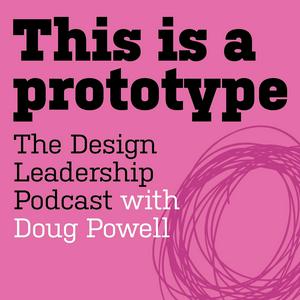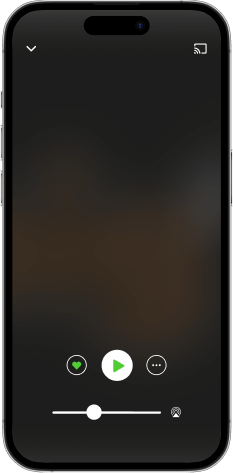2025 State of Black Design Conference
The State of Black Design conference was launched as a virtual event in 2020 during the wake of the murder of George Floyd at a time when our country, and the design industry were confronting the sobering reality of racial inequity. Since 2020, the State of Black Design has grown into a vibrant and thriving community of design leaders, practitioners, educators, and students. On Juneteenth that community will come together in Minneapolis for State of Black Design conference, We On Point: A Celebration of Black Design Excellence. In this special episode, I speak with the founder of State of Black Design, professor Omari Souza, and with one of the moderators of the upcoming conference, Chanda Smith Baker. Omari Souza is a designer, educator, and community activist. With industry experience at organizations such as VIBE magazine, Capitol One, and CBS Radio, Omari is now Assistant Professor of Communication Design at University of North Texas. His forthcoming book, Design Against Racism: Creating Work That Transforms Communities, explores the role of design in perpetuating and repairing racial harm. Chanda Smith Baker has spent her career of more than 25 years at the intersection of philanthropy, business, government and community. Founder and CEO of the Minneapolis-based consultancy Smith Baker, Chanda is an experienced executive leader, board member, and public speaker who focuses on nurturing diverse talent, and activating audiences toward racial equity and social impact. Her podcast, Conversations with Chanda can be found wherever you get your pods.Doug Powell is an award-winning designer and executive design leader with more than 30 years of experience in a wide range of design disciplines. Learn more about Doug's practice as a consultant, educator, and coach at his website dougpowell.design.


